Which cooking method is suitable for kalita three-hole trapezoidal filter cup? How should the trapezoidal filter cup be used?
Professional coffee knowledge exchange more coffee bean information please follow the coffee workshop (Wechat official account cafe_style)
Recently, the editor is infatuated with the kalita three-hole filter cup, which has three small outlet holes, and there are many ribs on the wall of the filter cup, all of which are distributed in a straight line, and the flow rate is relatively slow. Unlike the tapered V60 filter cup, the shape of the kalita three-hole filter cup is trapezoidal, so the editor is a little curious, how should this filter cup be flushed? Since the flow rate is so slow, is it possible to get a good cup of coffee by pouring water casually?
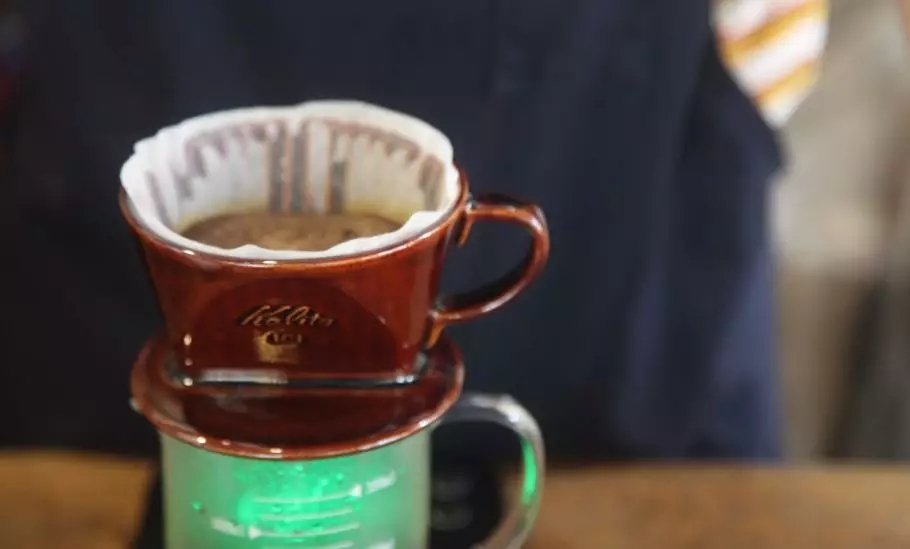
So the editor is going to try five techniques today to see which technique will be suitable for this three-hole trapezoidal filter cup, or just against the water at will!
| | Bean introduction |
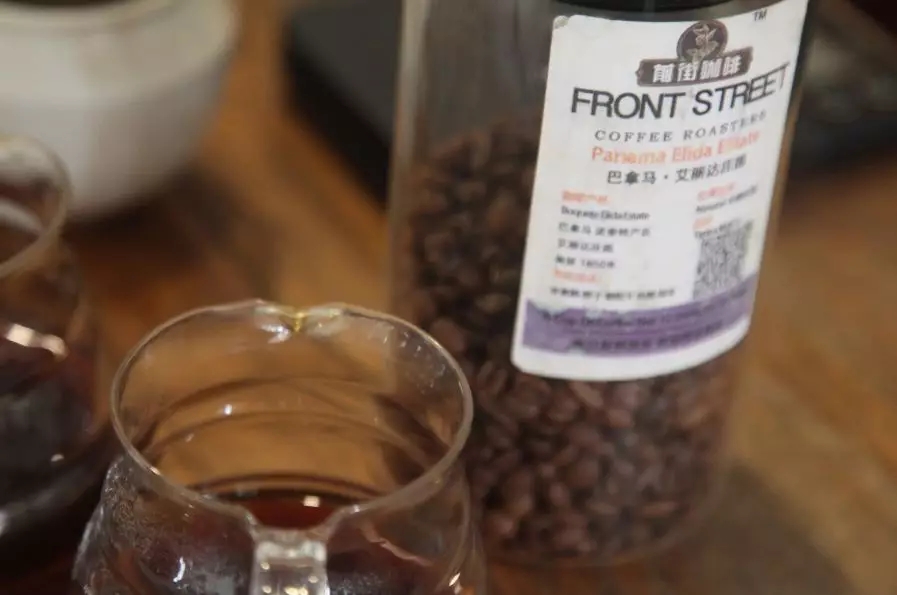
The beans that cooperate with us in this experiment today are tanning iron pickups from Elida Manor in Panama! Shallow baking makes it retain more fruit aroma, rich flavor levels, even with soaked kalita three-hole filter cup can taste obvious flavor changes.
| | experiment |
This experiment only changed the technique, and the other parameters were basically the same!
Parameters: grinding degree BG 6D (Chinese standard No. 20 screen pass rate 53%), water temperature 90 ℃, powder / water ratio 1:15.
[pour water in the center]
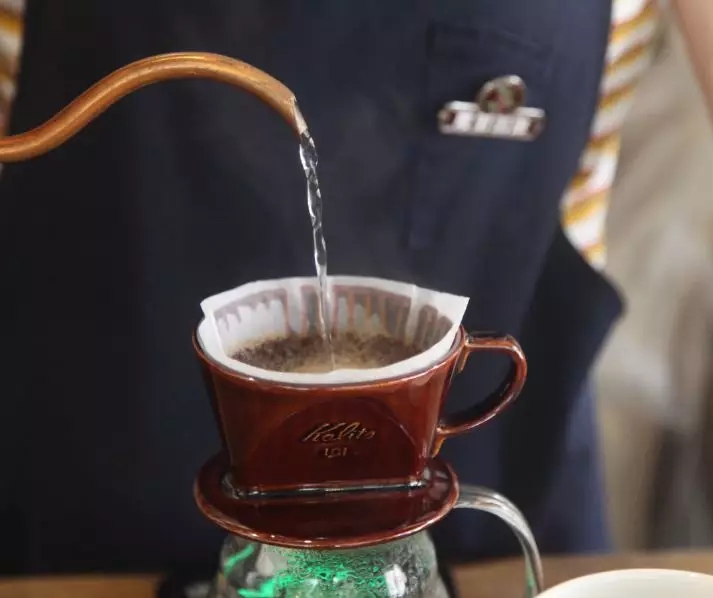
Technique: steam for 30 seconds with 35 grams of water, pull up the water flow and directly inject water to 130 grams in sections, continue central water injection to 230 grams when the water level is about to expose the powder bed, and remove the filter cup when the water level is about to expose the powder bed. The steaming starts and the extraction time is 1:40.
Bouquet: it smells of fermented fruit, with flavours of chocolate, hazelnut and almonds on the palate, with sweet and sour notes of oranges, citrus, Bolin and grapes. The overall flavor is very clean.
[Z "water injection]
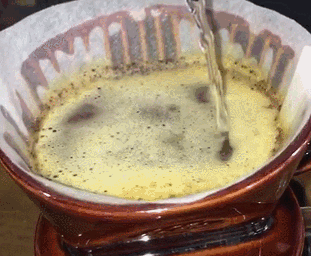
Technique: steam for 30 seconds with 35 grams of water, pull up the water flow and directly inject water into the middle to 132 grams, continue central water injection to 230 grams when the water level is about to expose the powder bed, and remove the filter cup when the water level is about to expose the powder bed. The steaming starts and the extraction time is 1:45.
Flavor: the palate has sweet notes of cocoa, black rice and brown sugar, with sour notes of citrus, grapefruit, grape and lemon. The fermentation aroma is weak and the taste is slightly astringent.
[circular water injection]
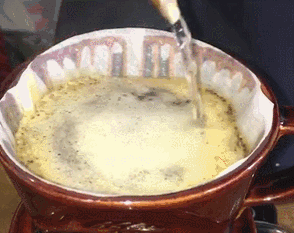
Technique: steam with 37 grams of water for 30 seconds, pull up the water flow and directly inject water to 133 grams, continue central water injection to 227 grams when the water level is about to expose the powder bed, and remove the filter cup when the water level is about to expose the powder bed. The steaming starts and the extraction time is 1:55.
Flavor: it has a strong fermented aroma, with sweet and sour flavors of oranges, peaches, lemons, pineapples and apricots on the palate, as well as slight cocoa flavors. The palate is mellow and well balanced, but the finish is short.
[elliptical water injection]
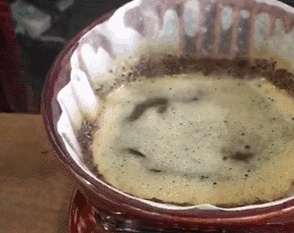
Technique: steam with 38 grams of water for 30 seconds, pull up the water flow and directly inject water into the middle to 136 grams. When the water level is about to expose the powder bed, continue the central water injection to 226 grams, and remove the filter cup when the water level is about to expose the powder bed. The steaming starts and the extraction time is 1:55.
Flavor: it smells of rice and ripe apple, with sweet and sour notes of plum, perfume, lemon and peach on the palate. The middle part begins to emerge with the flavor of Xuan rice and cream, and the sugarcane at the end is sweet. The taste is mellow.
[water injection with the word "one"]
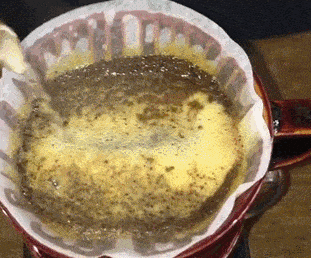
Technique: steam for 30 seconds with 34 grams of water, pull up the water flow directly in the middle to 130 grams, continue central water injection to 229 grams when the water level is about to expose the powder bed, and remove the filter cup when the water level is about to expose the powder bed. The steaming starts and the extraction time is 1:53.
Flavor: it has a strong flavor of fermented sauce and brown sugar, with aromas of almonds, cocoa, caramel and rosemary in the mouth, slightly sour notes of apricot, passion fruit and citrus, sucrose and lemon on the finish.
| | Analysis |
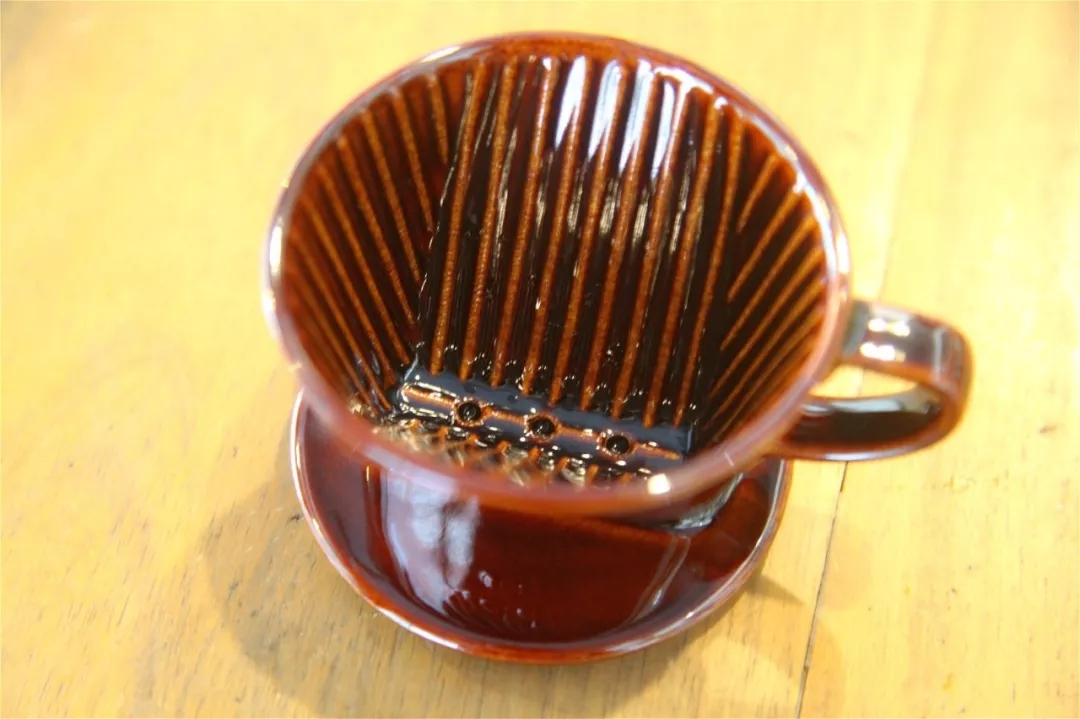
The editor tried to analyze that the kalita three-hole filter cup is trapezoidal, so this leads to the fact that its powder is basically concentrated in the middle, the powder bed at the edge is thinner, and the three holes under the filter cup make the flow rate a little slower.
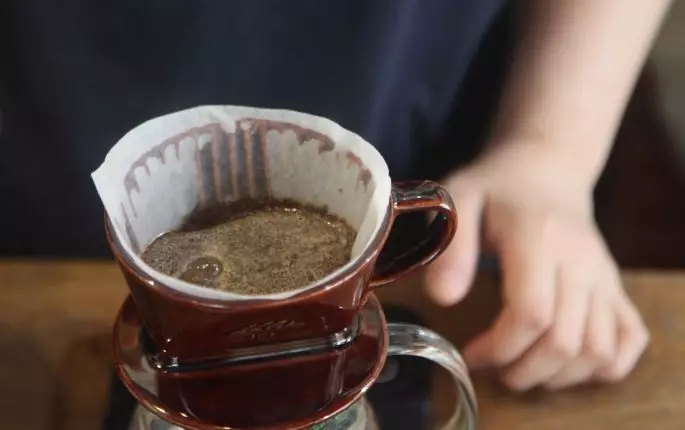
The [round] water injection technique and the [Z "character] water injection technique will easily lead to uneven extraction. The [round] brewing technique is mainly to extract the coffee powder in the center of the filter cup, because the stirring brought by water injection is actually not strong, and most of the stirring is the coffee powder bed in the central position. And the stirring of the edge coffee powder bed is only slightly driven, which is probably why the phenomenon of uneven extraction will be more obvious! The brewing method of [Z "word], because the stirring during water injection is more and the water injection speed is fast, so the extracted coffee flavor level will be more obvious, but because it is easy to grasp the number and degree of stirring during water injection, and so on, so it will be more prone to uneven extraction.
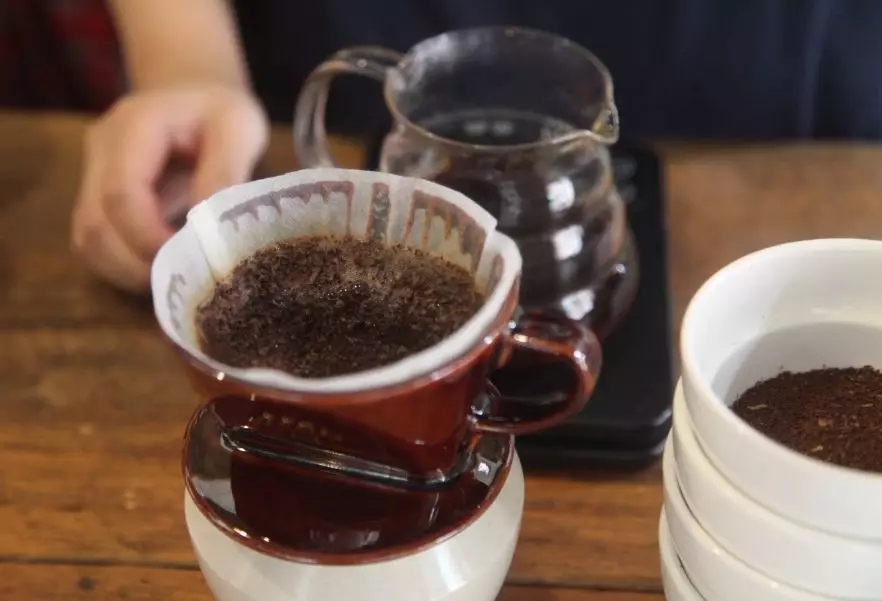
The overall flavor of the coffee brewed by [central water] is very clean, but it will be light and thin in taste. The editor believes that because direct water injection will make the powder bed tumble, coffee powder is not so easy to accumulate near the outlet hole, so the speed of launching will be accelerated, so it is not easy to have the phenomenon of extraction.
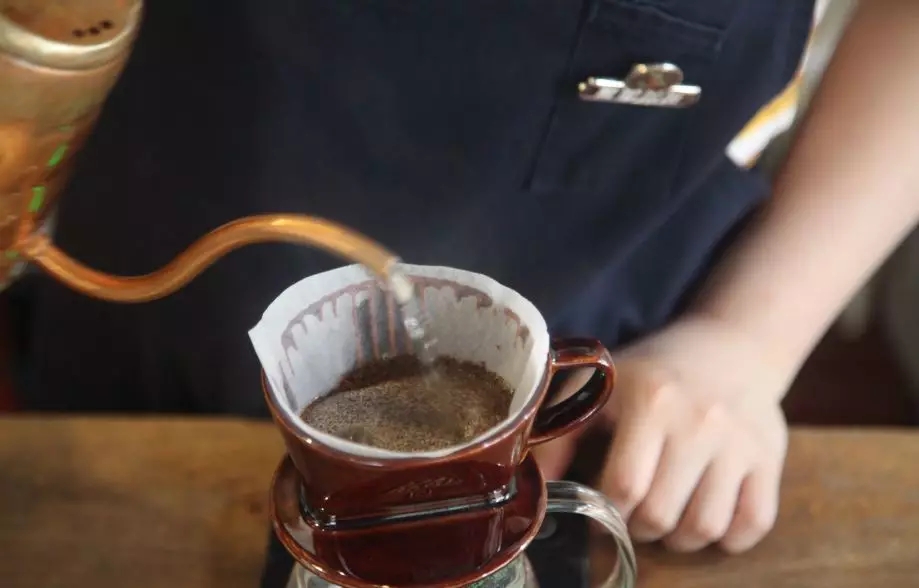
The coffee brewed in the way of [oval] and "one" is more balanced and rich in flavor. These two methods basically only inject water in the middle, and do not break through the powder wall around the coffee, and the water will not flow away from all sides, so the extracted coffee is relatively complete in flavor and mellow in taste.
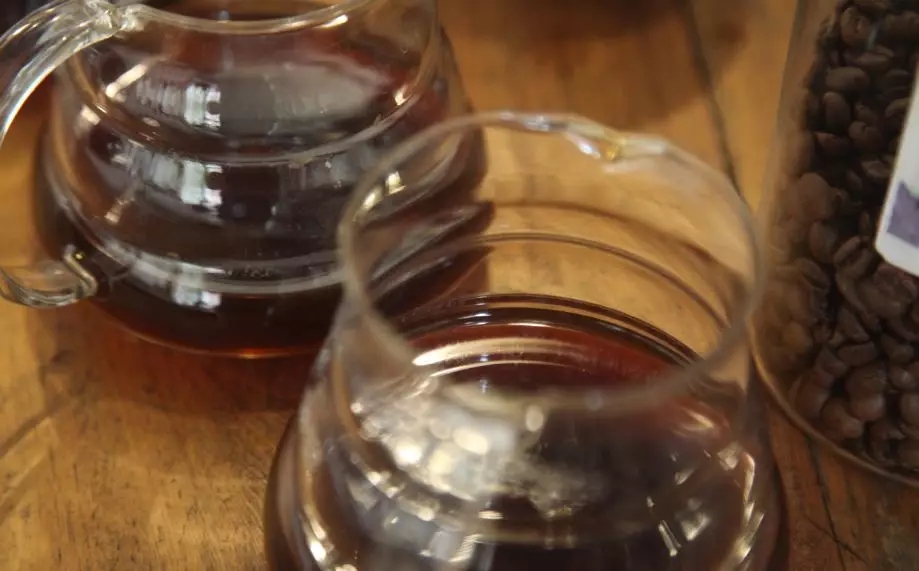
Therefore, the performance of these five techniques in cooking beans with such flavor as [Panama Alida] is as follows:
Alcohol thickness: [oval water injection] > [circular water injection] > ["one" water injection] > [Z "water injection] > [central water injection]
Cleanliness: [central water injection] > [oval water injection] > [Z "type water injection] > [circular water injection] > [" water injection]
Taste: [elliptical water injection] > [central water injection] > [Z "type water injection] > [one" water injection] > [circular water injection]
Flavor: [Z "type water injection] > [elliptical water injection] = [" one "word water injection] > [circular water injection] = [central water injection]
END
Important Notice :
前街咖啡 FrontStreet Coffee has moved to new addredd:
FrontStreet Coffee Address: 315,Donghua East Road,GuangZhou
Tel:020 38364473
- Prev
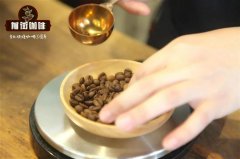
Yega snow coffee has been a wetland since ancient times, and it is also the coffee producing area with the highest average elevation in Ethiopia.
Professional coffee knowledge exchange more coffee bean information please pay attention to the coffee workshop (Wechat official account cafe_style) carbon dioxide yeast method: fermentation in a low oxygen concentration environment can reduce the rate of sugar decomposition in pectin, thus avoiding the acidity of alcohol. Therefore, after injecting carbon dioxide, the fermentation time can be extended to nearly three days, even if so.
- Next

Does the health of espresso baristas really affect coffee?
Professional coffee knowledge exchange more coffee bean information please follow the coffee workshop (Wechat official account cafe_style) A barista needs to make a cup of espresso (Espresso) which is simple in the eyes of the public, and there are many things to do and precautions, except for the quality of beans, the stability of the machine, the change of weather, the factors that can influence a good cup of coffee, and coffee.
Related
- What is the meaning of lactic acid fermentation with coffee bean treatment?
- How to judge the state of foam by sound?
- How does the latte pull out the unicorn pattern? Come to get for a little trick to improve the flower pull!
- Will flower pulling affect the taste of the latte?
- Do you know the history of coffee?
- The difference between honey treatment and sun washing what is raisin honey treatment?
- What kind of milk can a novice use to make coffee foam to keep the foam longer? The correct method and skills of milking tutorial sharing
- Why do washed coffee beans taste sour? Flavor characteristics of washed Coffee
- Introduction to the skill of how to practice the size and height of water injection around the circle of hand-brewed coffee
- How do beginners practice coffee flower drawing from scratch?

